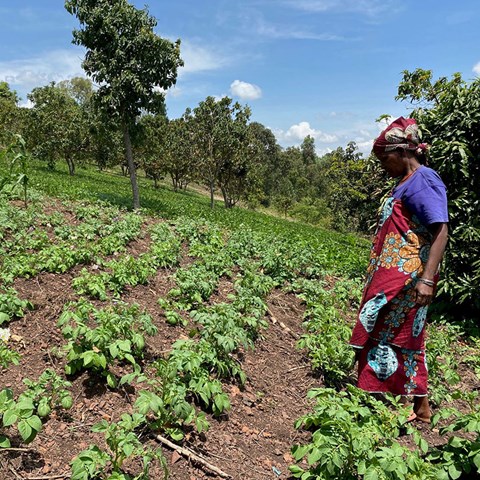Background
The interest in compensating for carbon emissions has increased rapidly among Swedish public and private actors. Carbon forestry – climate mitigation efforts involving planting trees, often in low-income countries – is thus growing in popularity. While heavily regulated in terms of how to calculate carbon sequestration, there are several systemic challenges, for instance projects are often weak in terms of how to monitor local social aspects. Therefore, projects can have unexpected and negative outcomes for local populations, as was demonstrated in a previous research project on a Swedish carbon forestry project in Uganda.
Read about the previous project: Conservation, Carbon, Communities: Swedish carbon purchases through forest plantations in Uganda?
In addition, the processes that aim to ensure that there is additionality (that carbon forestry projects contribute to carbon sequestration that would not otherwise have occurred) in for example CDM (Clean Development Mechanism) projects, do not adequately take into account wider issues of what deforestation is, how it works and what the underlying causes are. The carbon uptake of such tree plantations can therefore be overestimated. Investigations into deforestation are often technically driven (e.g. using remote sensing) and do not take local knowledge adequately into account. This is based on a view of local land use that does not reflect the views and perspectives of local community members, nor evidence from social scientific research. For example, the above-mentioned project showed that the CDM process did not consider the considerable literature that since the 1990s has questioned degradation narratives in low-income countries and repeatedly shown that basic assumptions about degradation and deforestation are problematic. The project furthermore had negative effects on the local population, especially on women and the poorest households. These effects were unexpected for the actors behind the project but were to an extent predictable, had the right background knowledge been applied.
The aim of the project
This research-into-practice project involved several different Swedish actors where research results were translated into the development of a user-friendly tool for assessment of social aspects of carbon forestry projects. The tool, a web based guide, consists of a set of questions that are applicable to these projects, which actors can pose in order to integrate social aspects in their assessments and avoid misjudging the potential for carbon uptake in projects they are involved in.
See the guide here
By developing this tool for different public and private actors assessing carbon forestry projects, we can enable them to increase their use of social science for more well-informed decision-making. The goal is a more sustainable consumption of carbon credits.
Publications about the guide
”Så undviker du klimatkompensationens fällor”, Miljö & Utveckling, 15 mars 2023
”Trädplantering gynnar inte alltid lokalbefolkningen”, Extrakt, 17 mars 2023
”Does climate-compensating tree planting benefit local people?”, SIANI, 23 mars 2023
Seminars about the guide have so far been organized at Sida head office in Stockholm, at SLU for Sida Helpdesk, and at SLU Global. Contact us if you want us to come to your organization and talk about the guide!

